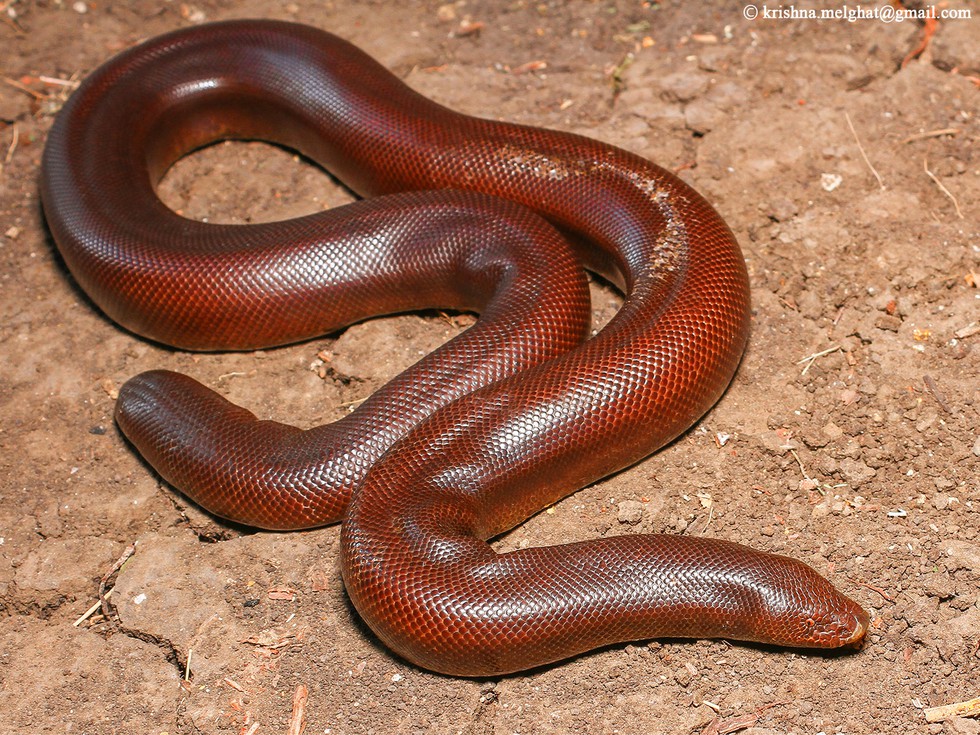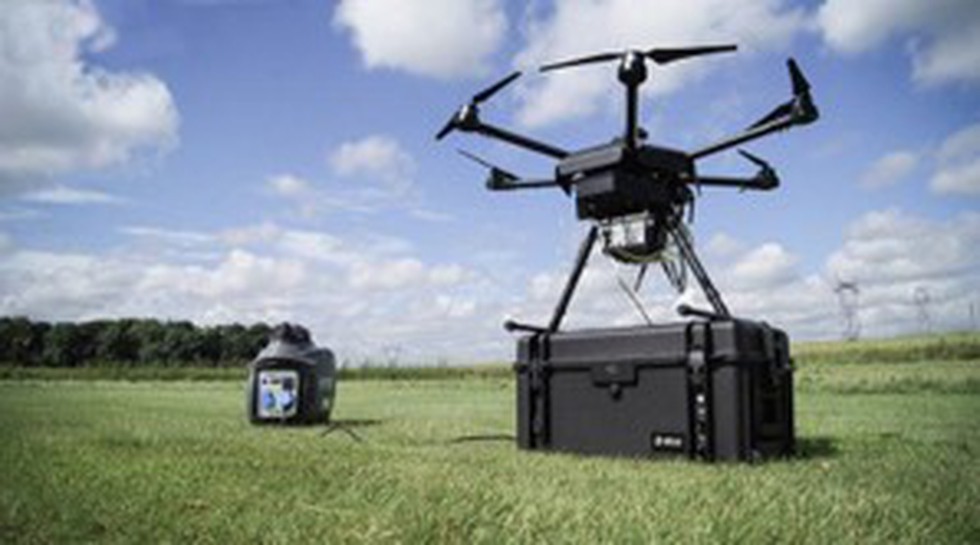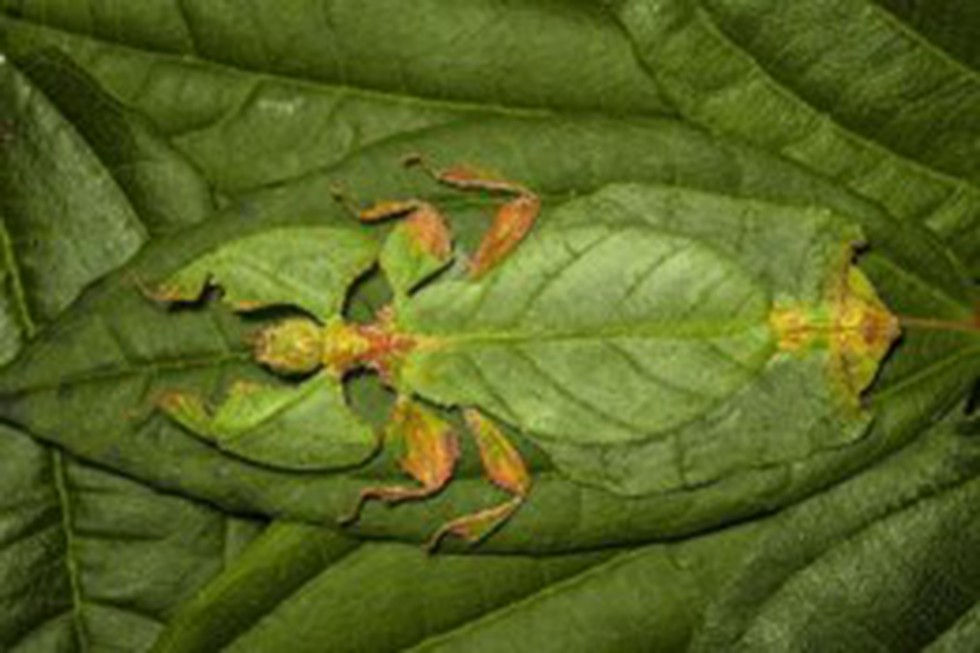CONTENTS
- Production Linked Incentive (PLI) Scheme for IT Hardware
- Super blue moon
- Red Sand Boad
- ENTAZIA
- Tethered Drone
- Walking Leaves
Production Linked Incentive (PLI) Scheme for IT Hardware
Context:
As part of its renewed PLI scheme for IT hardware, the Centre has received applications from 38 entities (Asus, Dell, HP, Foxconn, etc., excluding Apple), that want to manufacture laptops, personal computers and servers in India. The development comes weeks after the Centre imposed and then postponed a licensing requirement on the import of laptops and personal computers.
Relevance:
GS III: Indian Economy
Dimensions of the Article:
- Production Linked Incentive (PLI) Scheme: Nurturing Self-Reliance
- PLI Scheme for IT Hardware: Boosting Domestic Production
- Boosting Local Production through the PLI Scheme in India
Production Linked Incentive (PLI) Scheme: Nurturing Self-Reliance
- A Cornerstone for Self-Reliant India
- Central to the government’s Atmanirbhar Bharat initiative.
Aims and Objectives:
- Enhance global competitiveness of domestic manufacturing.
- Foster global champions in manufacturing.
- Create job opportunities for the nation’s youth.
Incentives for Manufacturing Excellence
- Mechanism: Companies receive incentives based on incremental sales of products made in India compared to a base year.
Strategic Focus
Designed to:
- Promote domestic manufacturing in sunrise and strategic sectors.
- Mitigate reliance on cheaper imports and reduce import expenditures.
- Enhance cost competitiveness of domestically produced goods.
- Expand domestic capacity and boost exports.
Phases and Expansion
- Commencement: First three PLI Schemes approved in March 2020.
- Subsequent Growth: 10 new PLI Schemes introduced in November 2020.
- Budget Commitment: Union Budget 2021-22 allocated INR 1.97 Lakh Crores for 13 key sectors under PLI Schemes.
Economic Impact
Anticipated Outcome: Expected minimum production of over US$ 500 billion in India within 5 years due to PLI Schemes.
PLI Scheme for IT Hardware: Boosting Domestic Production
Initial Announcement
- First unveiled in February 2021.
- Initial budget allocation: Approximately Rs 7,300 crore spread over four years.
Incentive Structure
- Criteria: Domestic companies investing Rs 20 crore and achieving sales targets.
- Sales Progression: Incentives granted based on sales growth – Rs 50 crore in the 1st year, Rs 100 crore in the 2nd, Rs 200 crore in the 3rd, and Rs 300 crore in the final year.
- Incentive Range: 1-4% on incremental sales over 2019-20.
Challenges and Revisions
- Initial Implementation: Only Dell and Bhagwati met the FY22 targets.
- Industry Demand: Called for an enhanced scheme with a higher budget allocation.
Revised PLI Scheme
- Approved by the Union Cabinet in May 2023.
- Expanded Budget: Raised to Rs 17,000 crore, more than doubling the initial budget.
- Attracting Global Manufacturers: Aims to draw major global IT hardware manufacturers to shift production to India, stimulating local manufacturing of laptops, servers, personal computers, etc.
Enhanced Incentives
- Average Incentive: Over six years, averaging about 5%, compared to the earlier 2% over four years.
Economic Impact
- Production Target: Aims to reach a production value of $24 billion in the IT hardware industry by 2025-26, with exports ranging from $12-17 billion.
- Contribution to Digital Economy: A critical component in achieving the $1 trillion digital economy goal, including $300 billion from electronics manufacturing by 2025-26.
Boosting Local Production through the PLI Scheme in India
Economic Growth Focus
- India has identified electronics manufacturing as a vital sector for future economic development.
Challenges in Electronics Imports
- Recent Trends: Imports of electronic goods have surged in the past years.
- Example: Import of electronic goods increased from $4.73 billion to $6.96 billion during April-June, with a 4-7% share in overall imports.
High Import Share in Personal Computers
- Personal Computers: Especially laptops and palmtops have the highest import share.
- Dominance of China: China contributes to approximately 70-80% of India’s imports in personal computers and laptops.
Incentives for Local Component Manufacturing
- Local Component Production: Companies manufacturing components like memory modules and display panels locally will receive extra incentives under the revised scheme.
Performance-Based Incentives
- Productivity Push: The PLI scheme aims to motivate companies to meet production targets by offering incentives.
- Penalty for Lagging: Up to 10% deductions from subsidies if production falls below set thresholds.
Integration with Semiconductor Scheme
- Synergy: The PLI scheme will align with the government’s semiconductor scheme.
- Domestic Chips: Encourages the use of chips made in India by laptop manufacturers, enhancing the domestic semiconductor industry’s growth.
-Source: The Hindu
Super Blue Moon
Context:
On August 30, 2023, the night sky was illuminated by a rare phenomenon: a super blue moon. However, despite its name, this full moon was neither blue in colour nor super in size. The last blue supermoon was in 2009, according to the National Aeronautics and Space Administration (NASA), and the next is not expected until 2037.
Relevance:
GS I: Geography
Dimensions of the Article:
- Super Blue Moon: A Celestial Phenomenon
- Effects
Super Blue Moon: A Celestial Phenomenon
- A super blue moon is a celestial event that combines the characteristics of both a supermoon and a blue moon.
Supermoon
- Occurs when the moon is in close alignment with Earth during its orbit, resulting in a larger and brighter appearance.
- This alignment, known as perigee, contrasts with apogee, the farthest point in the moon’s elliptical orbit.
- The term “supermoon” was coined by astrologer Richard Nolle in 1979.
- Near the horizon, an optical illusion may make the supermoon appear larger.
Blue Moon
- Represents the second full moon within a calendar month.
- Despite the name, a blue moon doesn’t appear blue; it’s a traditional label for the second full moon.
Misconception
- The name “blue” moon has no connection to the moon’s actual color.
- In rare cases, atmospheric conditions such as smoke or dust can scatter red wavelengths, creating a bluish appearance, but this is unrelated to the term “blue” moon.
Effects
- Supermoons exert a minor influence on tides due to increased gravitational pull.
- Resulting tidal fluctuations are generally too small to cause significant disruptions in coastal areas.
-Source: The Hindu
Red Sand Boad
Context:
A report by the Wildlife Conservation Society (WCS)-India has pointed out 172 incidents of seizures of red sand boa between the years 2016-2021.

Relevance:
GS III: Environment and Ecology
Dimensions of the Article:
- Red Sand Boa
- Conservation Status
Red Sand Boa
- Belongs to the subfamily Erycinae in the Boidae family.
- Commonly known as the Indian Sand Boa.
Distribution and Behavior
- Non-venomous species found in arid regions across the Indian subcontinent.
- It is ovoviviparous and nocturnal and spends the majority of its time under the ground.
- Endemic to Iran, Pakistan, and India.
Physical Characteristics
- Typically reddish-brown, with a robust body averaging around 75 cm in length.
- Unusual Tail: The tail is nearly as thick as the body, creating a distinctive “double-headed” appearance.
Ecological Role
- Contributes to ecosystem balance by regulating prey and predator populations.
- Diet includes rodents, lizards, and even other snakes.
Conservation Status
- IUCN: Classified as “Near Threatened.”
- Protected under the Wildlife (Protection) Act, 1972 (Schedule IV).
- Listed in CITES Appendix II.
-Source: The Hindu
ENTAZIA
Context:
FMC India recently announced the launch of its latest product, ENTAZIA bio fungicide.
Relevance:
GS III: Agriculture
Dimensions of the Article:
- ENTAZIA
- Key Advantages
- Leaf Blight: Foliage-Affecting Plant Disease
ENTAZIA
- ENTAZIA is a bio fungicide crop protection product that contains Bacillus subtilis.
- Developed by FMC India.
Environmental Sustainability
- Aims to provide farmers with a potent and eco-friendly tool for safeguarding crops against fungi.
Key Advantages
- Natural Control: Utilizes Bacillus subtilis’s natural abilities to combat bacterial leaf blight, a significant rice disease.
- Crop Defense Activation: By stimulating the plant’s natural defense mechanisms against pathogens, it prevents and manages bacterial leaf blight while preserving natural predators and parasites.
- Promotes Natural Pest Resistance: Utilizes naturally occurring Bacillus subtilis to establish a robust defense line against bacterial leaf blight.
- Enhances Plant Resilience: Fosters a healthy plant microbiome, strengthening plants against stress factors and contributing to overall growth and vitality.
- Integration Potential: Can be incorporated into integrated pest management programs with FMC’s bio-stimulants and synthetic fungicides, offering additional benefits to the plants.
Leaf Blight: Foliage-Affecting Plant Disease
- Leaf blight is a plant disease characterized by the deterioration and damage of a plant’s foliage, specifically its leaves.
- Common symptoms include discoloration, wilting, and, in severe instances, the death of the affected leaves.
Causative Agents
- Typically, leaf blight is caused by various types of fungi or bacteria that invade and harm the plant’s tissues.
- These pathogens infect the leaves, leading to the observed symptoms and, if left unchecked, can negatively impact the plant’s overall health.
Host Range
- Leaf blight is not limited to specific plant types and can affect a wide range of plants.
- This includes trees, shrubs, ornamental plants, and various crop species.
- The specific pathogen causing the blight and the symptoms may vary depending on the plant species and environmental conditions.
-Source: The Hindu
Tethered Drone
Context:
The Indian Army recently signed contracts for the procurement of 130 tethered drones and 19 tank-driving simulators under Emergency Procurement (EP).

Relevance:
GS III: Defence
Dimensions of the Article:
- Tethered Drones: Bridging the Sky and Ground
- Advantages of Tethered Drones
Tethered Drones: Bridging the Sky and Ground
- A tethered drone is an unmanned aerial vehicle (UAV) connected to the ground via a cable or tether.
- It comprises a ground-based base station and the drone, linked through this tether.
Power and Communication
- The tether serves dual purposes, providing both power and data communication to the drone.
- This arrangement enables the drone to operate for extended periods without relying on limited onboard batteries.
Operational Control
- Tethered drones can be remotely operated to execute specific tasks, offering flexibility in their applications.
Advantages of Tethered Drones
- Reliable Data Capture: Tethered UAVs excel in data capture and telemetry due to the dependable tethered connections.
- Reduced Flight Risks: They significantly decrease technical and human errors, minimizing the likelihood of in-flight accidents.
- Secure Communication: These drones establish a secure communication line between the ground station and the aircraft.
- Interference Resilience: The physical tether connection makes tethered drones less susceptible to interference or hacking compared to wireless counterparts.
- GPS Independence: They do not rely heavily on GPS navigation.
- Extended Flight Times: Many tethered drones boast longer flight durations compared to free-flying, battery-operated drones.
- Simplified Operation: Due to restricted movement, operators do not require advanced piloting skills and can focus primarily on task execution.
-Source: The Hindu
Walking Leaves
Context:
An international research team recently described seven previously unknown species of leaf insects, also known as walking leaves.

Relevance:
Facts for Prelims
Walking Leaves: Nature’s Leaf Impersonators
- Walking Leaves, also known as leaf insects, are insects that closely resemble leaves in appearance.
Diverse Species :
- More than 50 species of these flat, typically green insects belong to the order Phasmida or Phasmatodea.
- They are renowned for their striking leaf-like mimicry.
Diet and Habitat
- Walking Leaves primarily feed on plants and prefer densely vegetated areas.
Distribution
- Their natural habitat spans from Indian Ocean islands through parts of mainland South Asia and Southeast Asia to Papua New Guinea and Australia in the western Pacific.
Distinctive Features
- Size: Typically measure between 28 to 100 mm (1.1 to 3.9 inches) in body length.
- Sexual Dimorphism: Females are generally larger than males.
- Varied Coloration: They are predominantly brown or green, with some exhibiting slight speckles or serrated leaf-like edges.
Mimicking Leaf Motion
- Movement: These insects sway and rock, mimicking the motion of leaves swaying in the breeze.
Flight Capability
- Female walking leaves lack the ability to fly.
- Males possess well-developed hind wings, enabling them to fly short distances.
Regenerative Limbs
- Remarkably, the arms and legs of walking leaves have regenerative capabilities.
Reproductive Process
- Reproduction occurs sexually, with females laying eggs that often resemble seeds or plant structures, further enhancing their camouflage.





